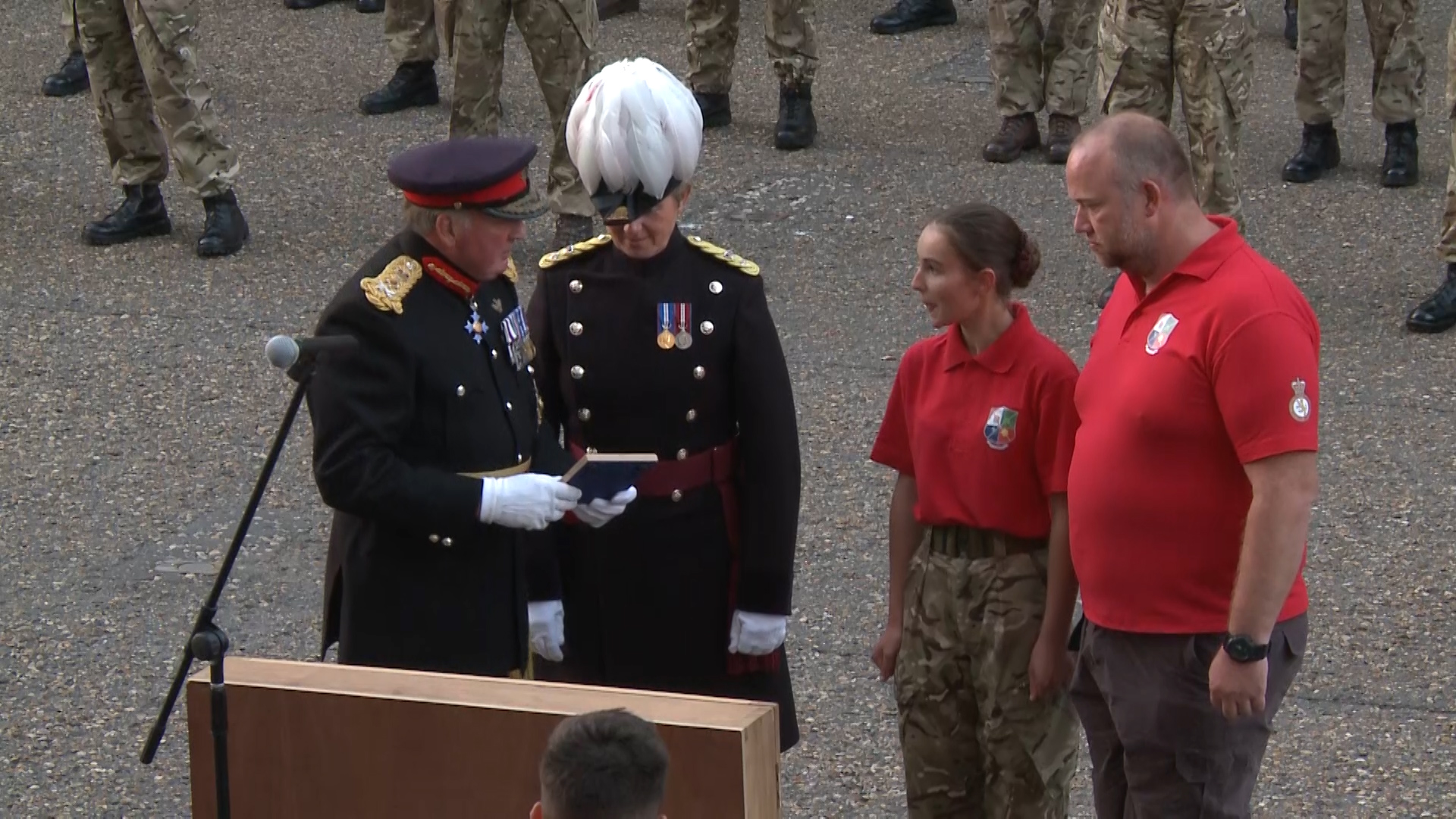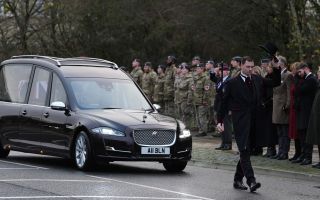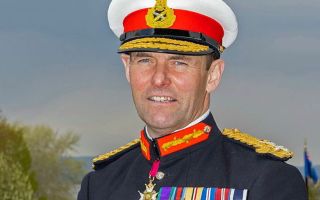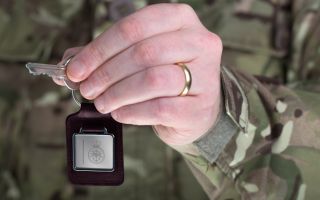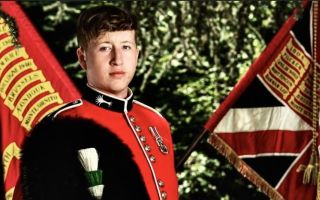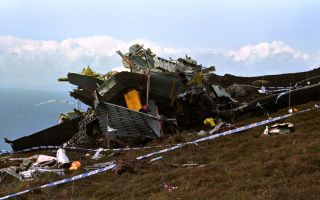Forty-Day Sailing Challenge Returns To London
A tall ship crewed by wounded, injured and sick veterans, as well as Army cadets, has sailed back into London, 40 days after she left the capital.
STS Lord Nelson has also sailed to Edinburgh, Belfast and Cardiff as part of Lord Dannatt's Round Britain Challenge, which is an event run by the Jubilee Sailing Trust charity.
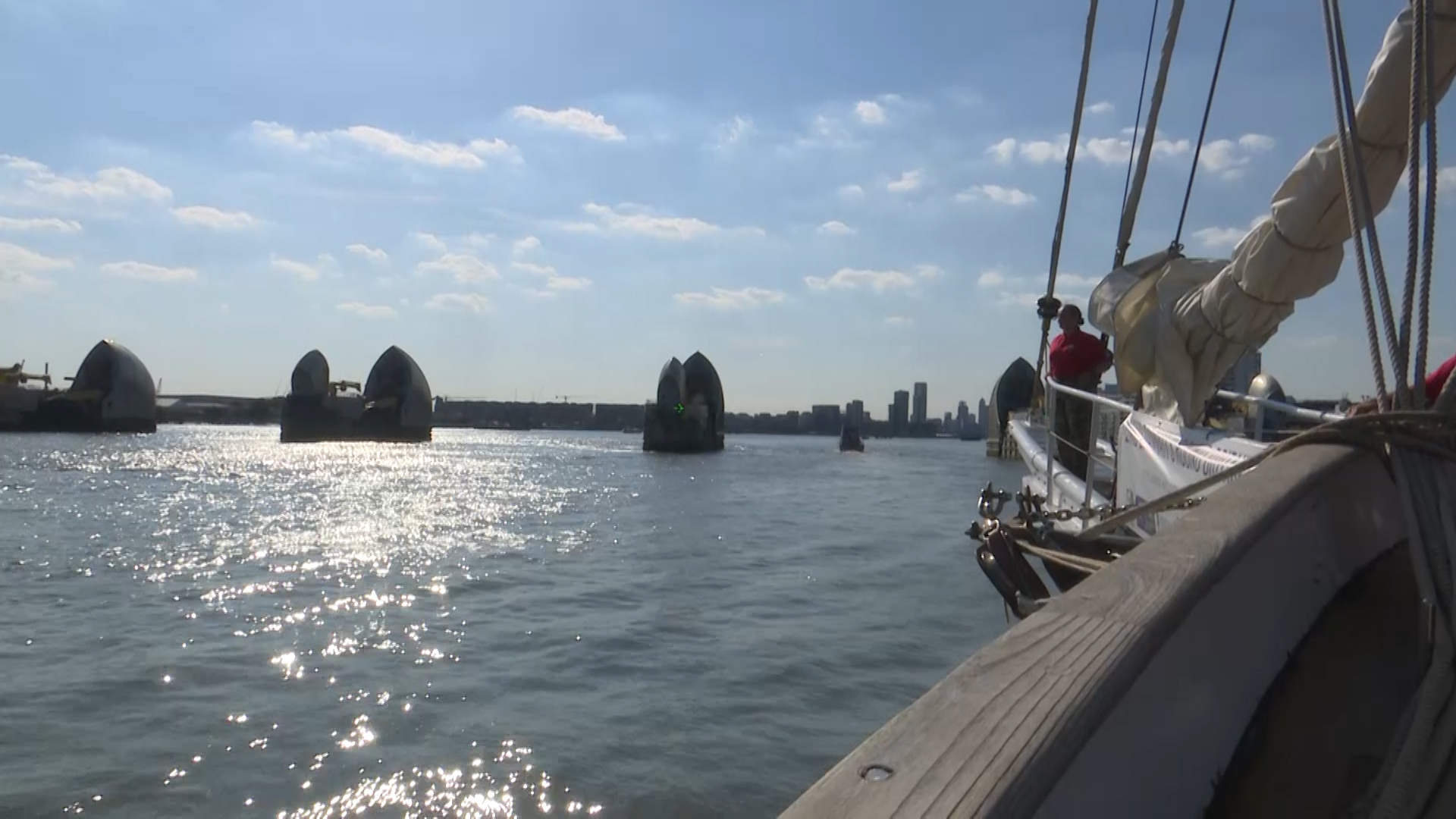
The specially adapted ship has been crewed by more than 40 veterans and over 90 Army cadets who have sailed her more than 2,500 nautical miles.
Many who took part in the event had never sailed before.
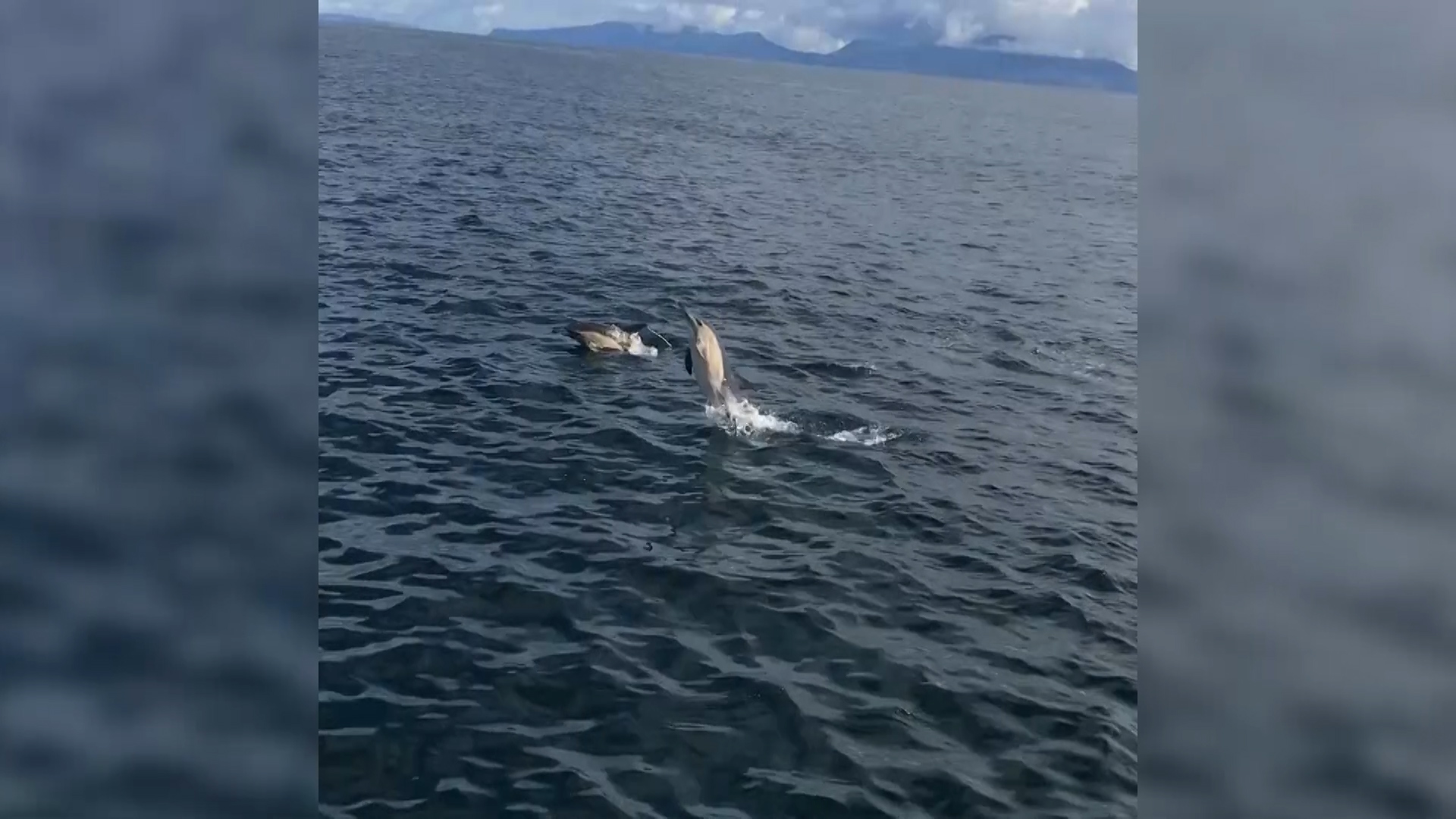
RAF veteran Nicola Stokes talked about her experience: "We've been really lucky, really, because most of the watches I've done we've had dolphins.
"We even had dolphins on night watch... which was amazing."
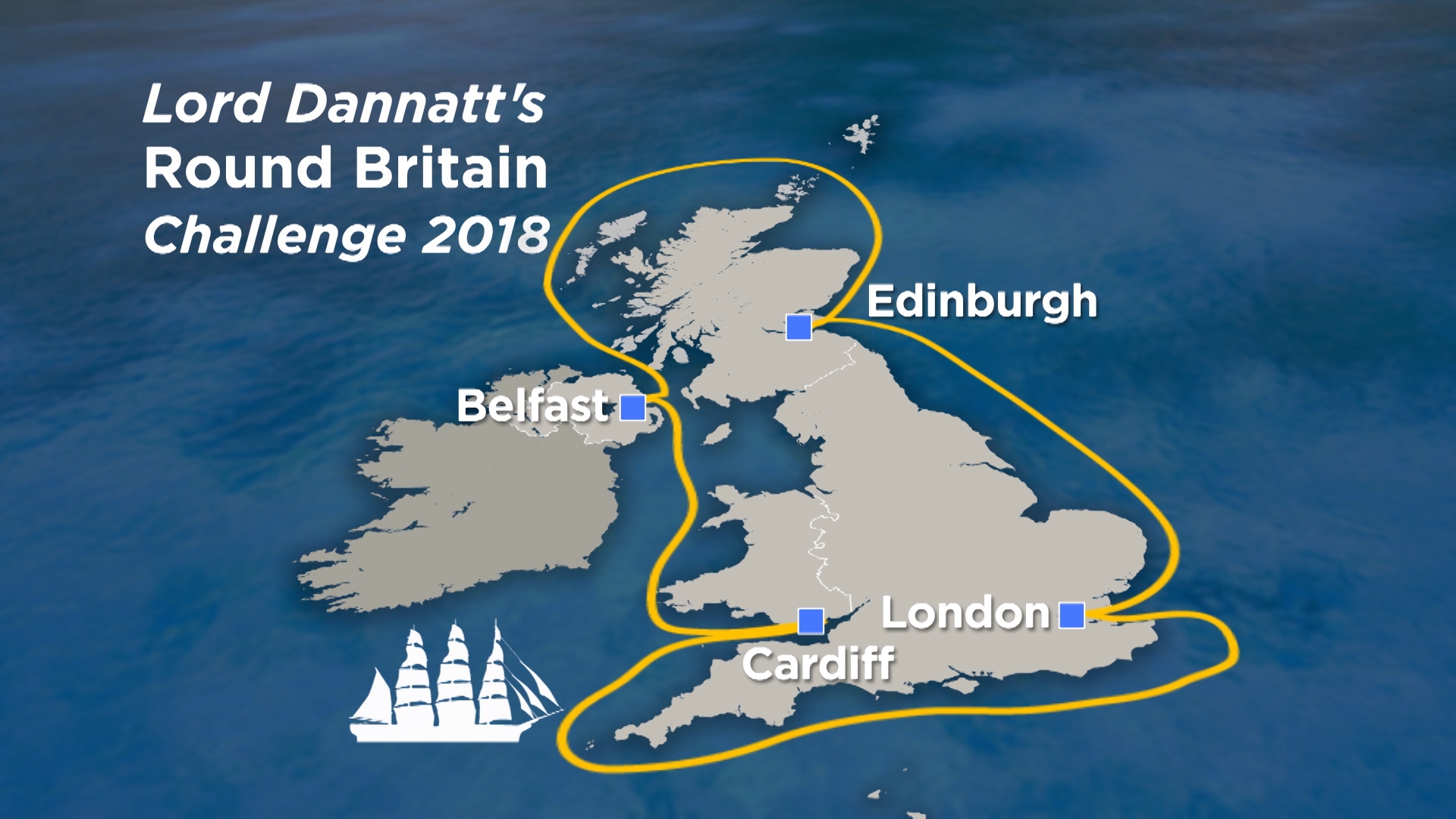
For the last 40 years, the Jubilee Sailing Trust charity have taken more than 50,000 people to sea.
Ahead of this year’s challenge, crews were identified by the Army cadet force and military charities.
The fourth and final crew boarded the ship in Wales and sailed her back to London.
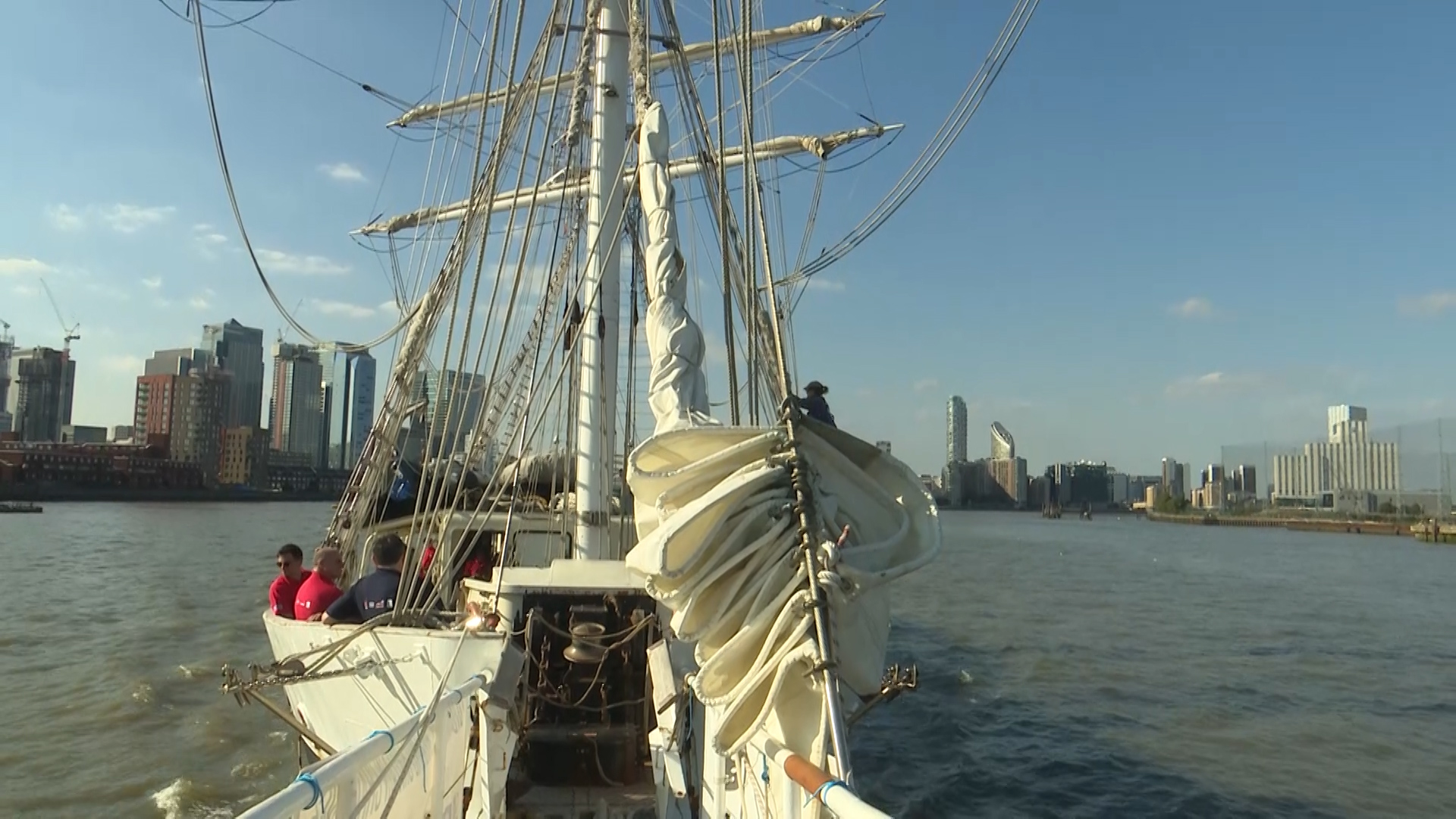
Royal Navy veteran Chris O'Donnell described how the team worked together: "Day one, nobody knew each other and it was all sort of trying to find your feet.
"By day three, the dynamic was there and the teamwork had come together, and it became really easy and we were moving as one."
Cadet Ellie Seabrook talked about her experience: "I already understand that nothing is as it seems, but [the trip] just kind of amplified that, because these veterans, they're amazing, they're so interesting and they're caring and it bring it home that even though they've been out and fought, they're still a big old softie."
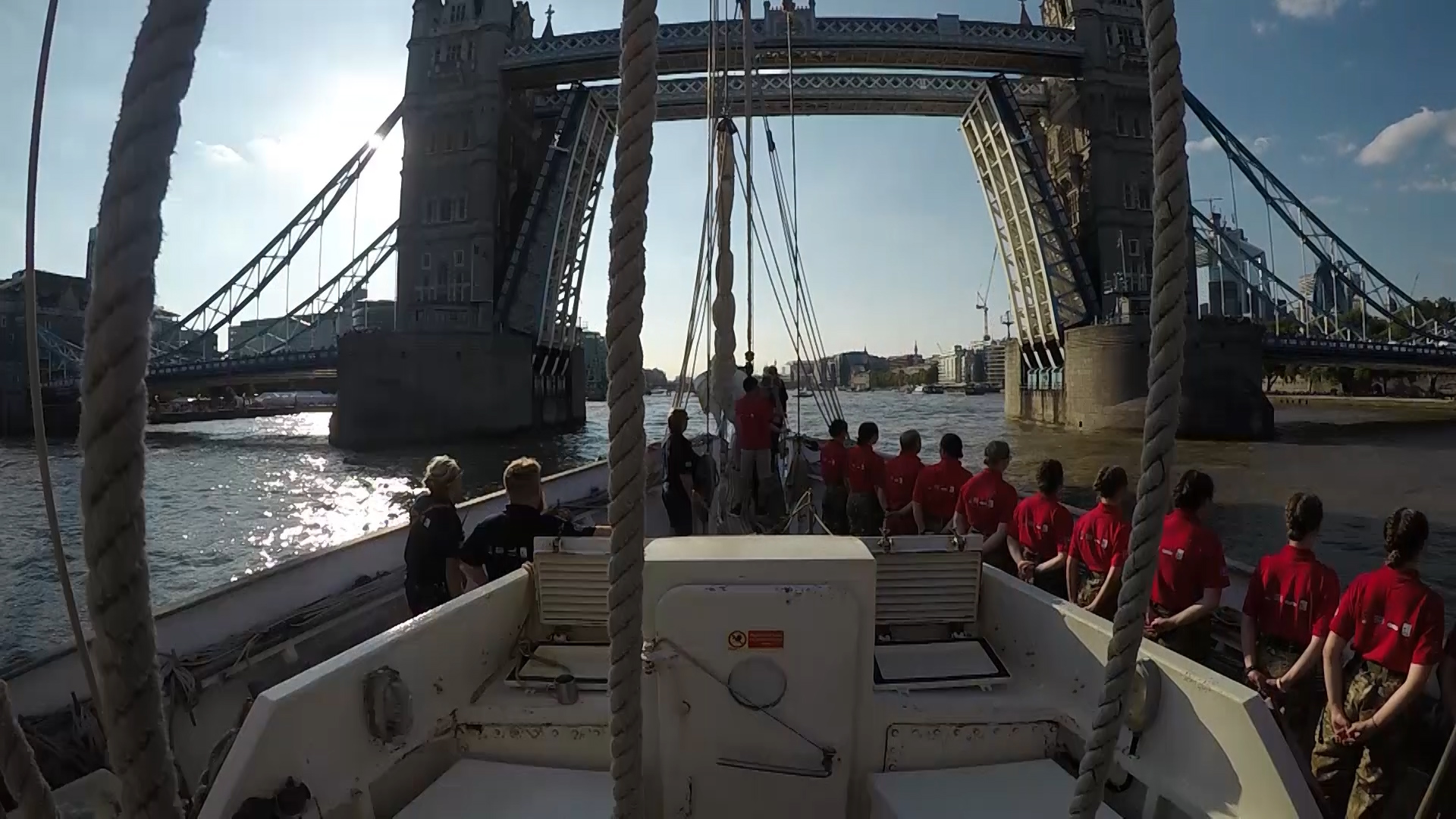
Joining the trip for the final sprint, the former head of the Army and Patron of the Jubilee Sailing Trust, Lord Dannatt, who says he strongly believes in the benefits of the challenge: "You take a land creature, like a human being, and put them on a boat at sea - they're out of their comfort zone almost immediately - and you are at the mercy of whatever the elements throw at you.
"I think the individual learns certain things, and you also learn to interact with other people - the team has to meld together, people have to rely on each other.
"If you've got several people pulling on a rope, you've all got to do it together, do it the right way."
Waiting at HMS President were excited families and friends, as well as crews from the previous three legs of the journey.
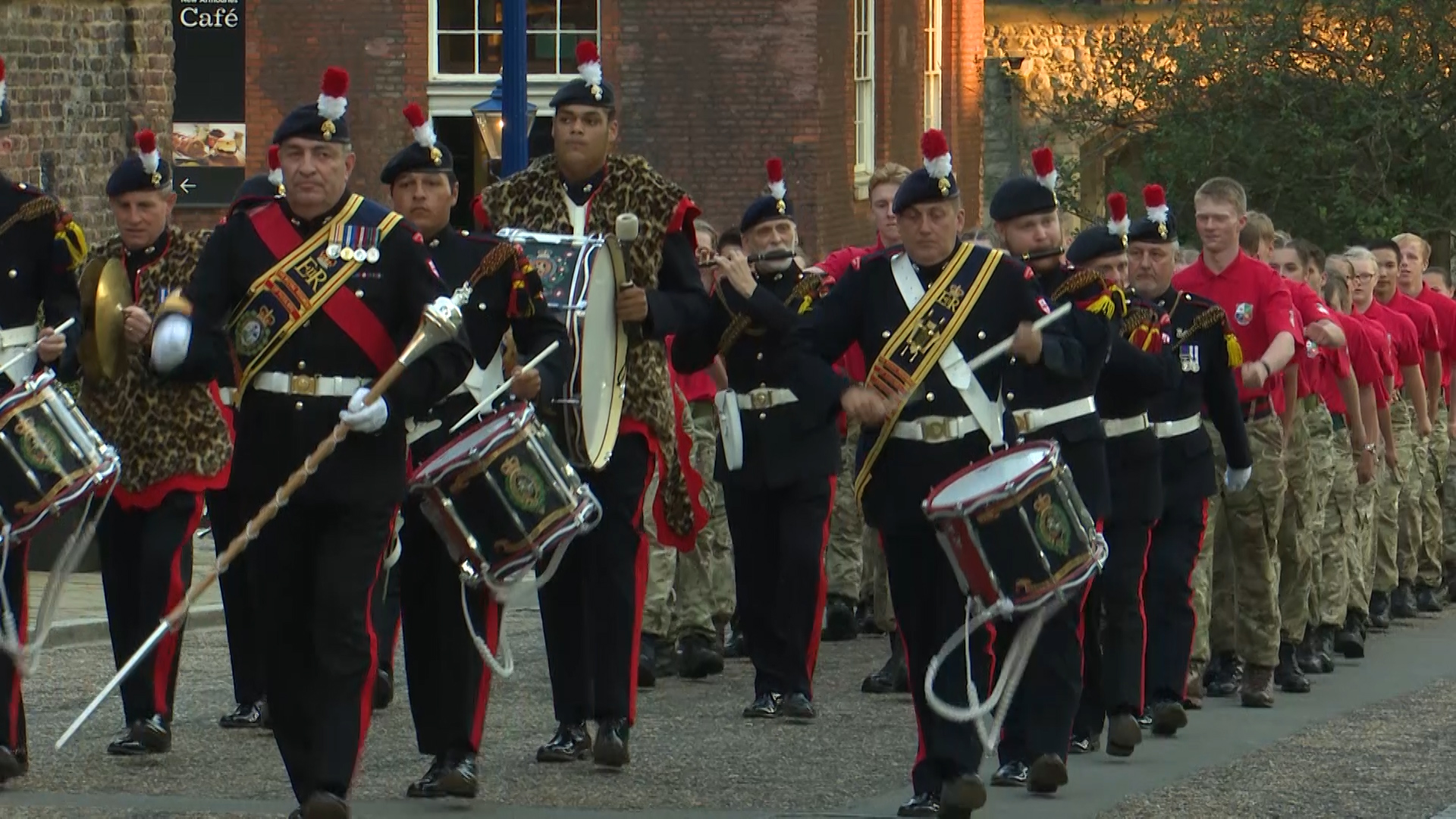
This year's challenge had a theme of remembrance, in this centenary year of the end of the First World War.
The cadets and veterans also had the chance to share their own stories of how much of an impression this voyage has made.
Cadet Amy Brown talked about the benefits of working with the veterans: "I got on with so many of the veterans.
"It was so good to hear [the veterans'] stories and to get life advice from them
"Some of them are just so funny - the banter we have is just incredible."
